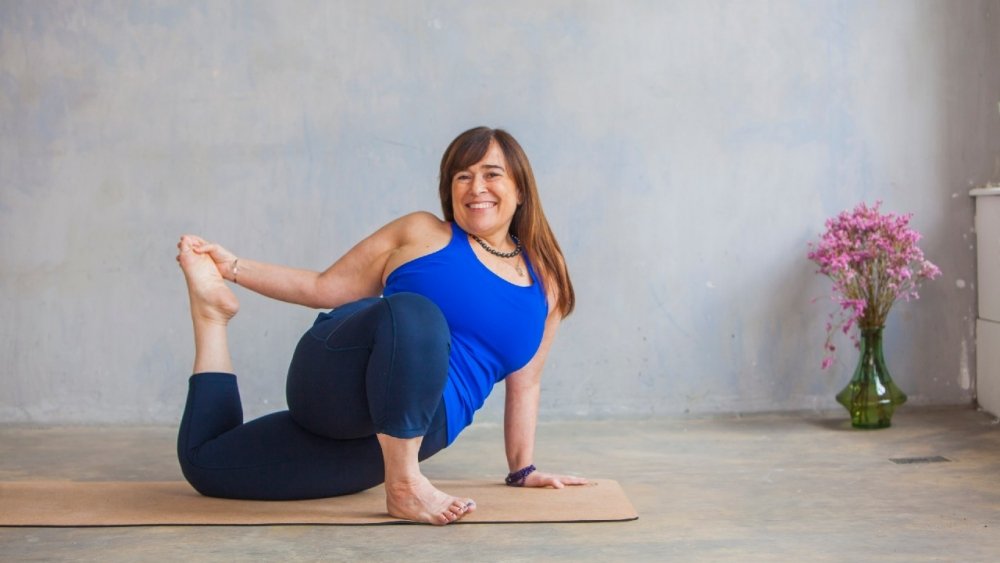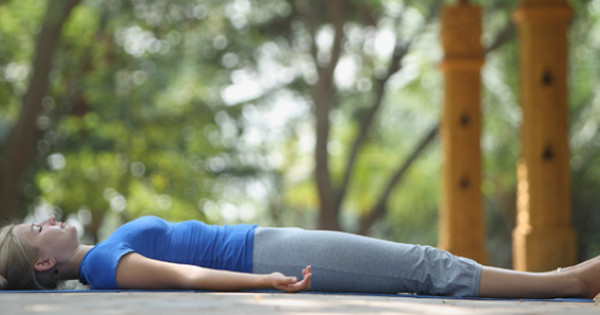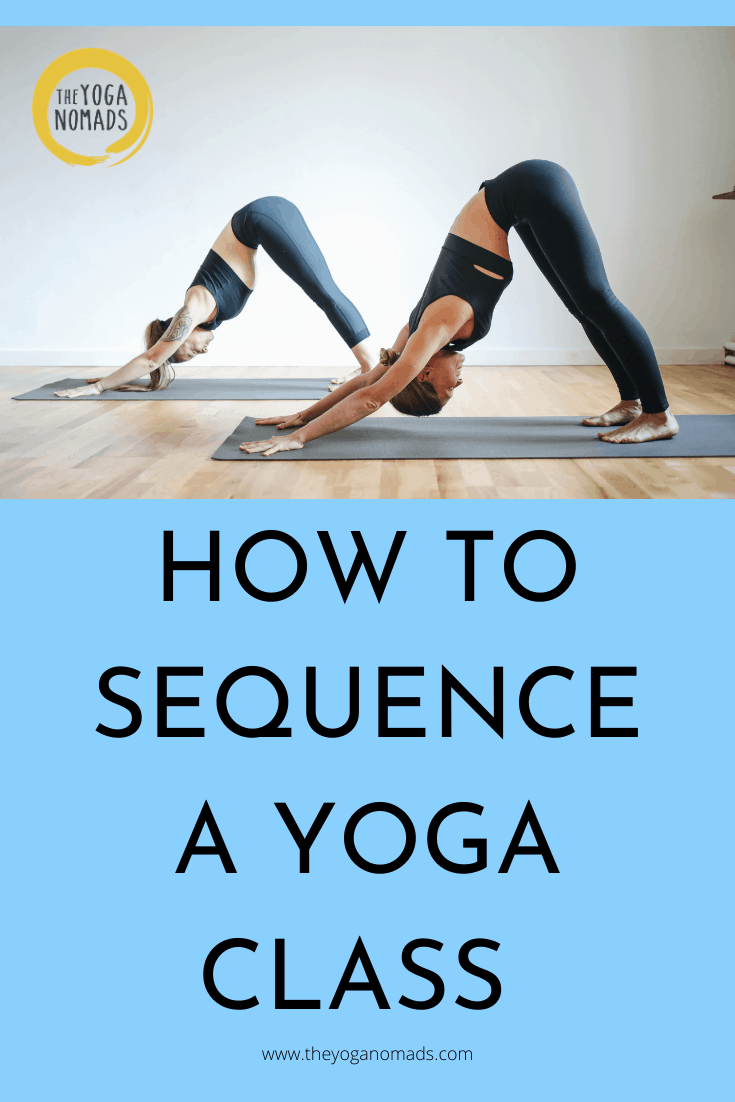
Yoga can improve erectile function. It can also help with satisfying erections. If you are experiencing erectile dysfunction, don't worry. This condition can affect anyone at any age. It is often a sign that you have high blood pressure, heart disease, or diabetes. You should talk to your doctor if you have one of these conditions before starting yoga.
Paschimottanasana
Paschimottanasana can help relieve erectile disfunction by relaxing the pelvic muscles. This yoga pose helps to relieve fatigue and improve your digestion. It is also beneficial for stress management. You should practice this posture for approximately 15 minutes each day.
Erectile dysfunction can be treated with yoga without the use of any medication. This method can help men of all ages relax and strengthen their penis without the side effects of taking medications. It has been proven to help men with ED by improving their blood flow and increasing their sex drive.

Dhanurasana
Dhanurasana yoga is a pose that helps men erection more effectively and prevents erectile problems by increasing blood flow to their abdomen and pelvis. A man must lie on his stomach, and then fold his knees. The man must take a deep inhale and hold the pose for approximately ten to fifteen second.
This yoga pose can help strengthen your muscles, stretch your organs, and improve your overall health. It is also beneficial for erectile dysfunction as well as premature ejaculation. Dhanurasana should be performed on the ground. It improves posture and stimulates the male reproductive systems.
Kumbhakasana
Erectile dysfunction is a common problem for many men. Erectile dysfunction can be described as the inability of having a normal erection. Yoga poses can reduce this problem by increasing blood circulation to the pelvic and increasing testosterone levels. It can delay ejaculation.
Kumbhakasana also known by the plank pose is one of best yoga poses for erectile disfunction. It can help you increase your stamina as well as your power and concentration. You can also strengthen your lower body muscles. You can dramatically improve your erectile functions by simply holding the pose for just a few seconds.

Linga mudra
Linga Modra is a type of yoga pose that produces heat. It is associated to Shiva, the Supreme God. It is also a sign of regeneration. You can do the mudra both in the morning and at night. If done properly, the mudra is good for your immune system and temperature regulation. This pose is particularly effective in winter and can prevent common colds and flus.
Perform the mudra by placing your hands in front of you and intertwining the fingers. Your knuckles ought to be facing away. Your right thumb should face upwards and your left thumb should press against your thumb. The rest of your fingers should be pointing in the opposite direction.
FAQ
What are the benefits of yoga for beginners?
Yoga helps you to have better posture, flexibility, strength, breathing control, relaxation, and mental clarity. It also helps you to become more aware of yourself, others, and the world around you.
Yoga helps you live your life fully. You learn to listen. You are able to accept yourself exactly as you are. And you learn to let go of stress and tension.
You learn to relax and enjoy life.
How long does yoga take?
As with any skill, you must train your brain to perform yoga correctly. After you learn the basic poses, you'll be ready to start practicing yoga at home.
Begin by warming up for 20-30 minutes before you begin your class. Begin by warming up with simple stretches. Move on to more challenging poses.
Once you've mastered the basics, you can move on to intermediate classes, where you'll learn more advanced moves. If you are just starting yoga, you might begin with basic poses such as the Tree (Vrksasana), and Mountain (Tadasana) standing poses.
What are the requirements to practice yoga in a flexible way?
It depends on what kind of yoga you choose. Some yoga styles require flexibility while others emphasize muscle strength.
Also, different levels of flexibility are required depending on the style of yoga. For instance, beginners may only need to stretch their arms overhead. Intermediate practitioners will need to bend forward and touch the toes. Advanced practitioners may need deep twists.
What is the difference between yoga & pilates?
Both pilates, and yoga, are both effective exercise programs. However they work differently. Both involve stretching, but pilates focuses on postures that challenge your core muscles while building strength.
Pilates emphasizes balance and strengthening core muscles. You can also use yoga to supplement pilates classes.
What has research shown about yoga for wellbeing?
Yoga has been proven effective at improving mental health, reducing stress, and promoting overall well-being. It helps people lose weight as well as maintain a healthy body Mass Index (BMI).
Yoga can lower blood pressure, improve cardiovascular function, and boost immune system functioning.
These are only a few of the many benefits that yoga can bring.
The list is endless!
Statistics
- In comparison, a 125-pound person is estimated to burn 135 calories in 30 minutes of walking (at a pace of 15-minute miles) and 210 calories bicycling at a moderate pace on a stationary bike. (everydayhealth.com)
- About one in seven U.S. adults practiced yoga in the past 12 months, according to a 2017 national survey. (nccih.nih.gov)
- Start your Fall off right with 20% off All Access Membership when you sign up by 9/25! (corepoweryoga.com)
- The American Psychological Association recently shared that 84% of American adults feel the impact of prolonged stress (5). (healthline.com)
- Gentle yoga has been shown to ease some of the discomforts of tender, swollen joints for people with arthritis, according to a Johns Hopkins review of 11 recent studies. (hopkinsmedicine.org)
External Links
How To
Where is the best spot to practice yoga?
There is no right or wrong way of practicing yoga. Every person has their own style. You just need to identify which positions are most comfortable.
Here are some commonly used positions:
Standing poses – Standing poses are perfect for beginners. They allow you to focus more on your breathing.
Forward bends - Forward bends are often used to open up tight areas of the body. These can be done while you are sitting or lying down.
Backbends. Backbends generally are considered advanced poses. Ask your instructor for advice if you're interested in trying it.
Inversions: Inversions are poses where you balance on your side. This is a difficult but rewarding form of yoga.